April 17, 2025 | 18:56 GMT +7
April 17, 2025 | 18:56 GMT +7
Hotline: 0913.378.918
April 17, 2025 | 18:56 GMT +7
Hotline: 0913.378.918
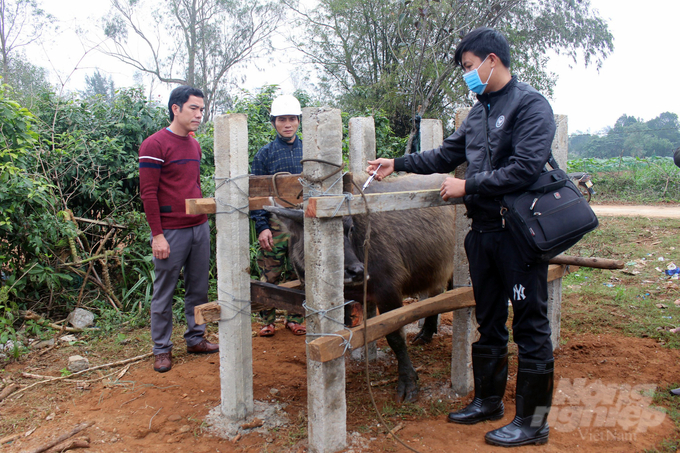
Quang Tri province has a low vaccination rate for livestock at only 60 to 65%. Photo: Vo Dung.
Cam Tuyen commune, Cam Lo district has a large herd of cattle and poultry with over 1,500 buffaloes and cows, 3,000 pigs, between 17,000 and 18,000 poultry and over 550 dogs.
Although livestock production is the primary source of income for local farmers, the annual vaccination rate in the province is surprisingly low at only 63 to 65%. This issue has persisted for many years.
According to Mr. Tran Tho Binh, Vice Chairman of Cam Tuyen Commune People's Committee, local farmers have the habit for raising their herds in the forests. As a result, it is difficult to gather the animals when a vaccination campaign is deployed.
"Local farmers raise around 500 buffaloes and cows in the forest. It's not easy to assemble all of them vaccinated. This is one of the reasons why the annual vaccination rate for livestock in Cam Tuyen is so low", said Mr. Binh.
Regarding sanctions under the Law on Animal Health, Mr. Binh said that the province only issued official warnings instead of taking actions against unvaccinated cases. Additionally, Mr. Binh believes that the lack of a strong local Animal Health force is another factor for the low vaccination rate.
“The commune previously had one veterinarian and two veterinary collaborators. When a vaccination campaign was deployed, the vaccination rate reached 70 to 80%. The province currently only has one Animal Health staff, whom even asked to resign because the allowance was too low. The contracting process to hire additional vaccination staf is also very challenging", Mr. Binh explained.
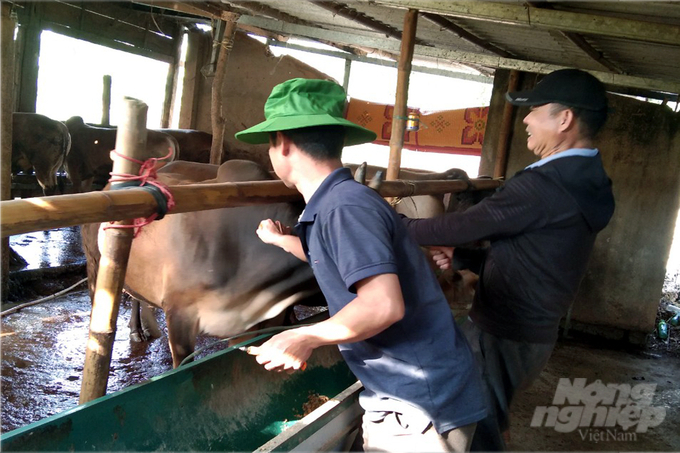
The vaccination rate for livestock in Quang Tri only reached 30 to 35% during the peak month. Photo: Cong Dien.
According to Mr. Dao Van An, Deputy Director of Quang Tri province's Sub-Department of Livestock Production and Animal Health, the province plans to carry out vaccination for the winter-spring livestock crop within 3 months. Namely, April and May are the peak months, and vaccination will be deployed in June and July.
Quang Tri's Animal Health sector aims to vaccinate at least 80% of its livestock and poultry in 2023. However, as of the beginning of May 2023, the province has only vaccinated 30 to 35% of the total livestock population. Similar to prior years, Mr. An anticipates that this task will be challenging for a multitude of reasons.
“Large livestock farms usually have a near 100% vaccination rate. However, small-scale livestock production in Quang Tri is extremely common. The low vaccination rates is usually caused by these small livestock households. In addition, the Animal Health sector has only issued official warnings. Drastic intervention from local authorities at all levels is the decisive factor to a high vaccination rate. Various potential risks are aggravated by low vaccination rates, particularly around the time of season changes", said Mr. An.

Animal health staffs waiting for their turn to receive vaccines for livestock. Photo: Vo Dung.
Mr. Dao Van An believes that in order to increase the annual vaccination rate, local authorities at all levels need to actively participate in the process.
The Law on Animal Health stipulates that certain livestock vaccinations are required. Consequently, local authorities need to impose drastic sanctions in addition to official warnings.
“We have not recorded any instances where failing to vaccinate livestock resulted in sanctions. Some local governments relied entirely on the local animal health force for vaccination. Quang Tri Provincial People's Committee has requested the People's Committees of districts and communes to develop an annual vaccination plan. However, inspection shows that several communes only informed local farmers of the vaccination schedule instead of establishing a detailed vaccination plan", said Mr. An.
The shortage of animal health staff and the lack of collaborators is another cause for the low livestock vaccination rate.
According to Mr. An's statistics, the province has over 10 communes without a dedicated animal health staff. This limited workforce is caused by the fact that most animal health workers are paid low wages. On the other hand, some animal health workers want to continue work but they are unqualified according to a Resolution issued by the People's Council of Quang Tri province.
This issue was not address in the most recent meeting of the People's Council of Quang Tri province, although many petitions have been made.
Moreover, Mr. An reported that during the peak concentrated vaccination period for livestock, the province only managed to acquire the foot-and-mouth vaccine; the order for Lumpy Skin Disease vaccine was in the processing stage.
The Sub-Department of Livestock Production and Animal Health formerly received direct funding from the Department of Finance to acquire vaccines. However, the process has been extended, so the bid opening time is delayed, and vaccines are not available until mid-April or May.
“Before every vaccination season, the Sub-Department of Livestock Production and Animal Health submits its vaccination plan to the Department of Agriculture and Rural Development. Subsequently, the Department of Agriculture and Rural Development reports to the Department of Finance, and the Department of Finance reports to the Provincial People's Committee. The Provincial People's Committee then reports back to the Department of Agriculture and Rural Development, and provide funding to the Sub-Department of Livestock Production and Animal Health. The procedure is tedious and complicated, so purchase of livestock vaccines is extremely difficult", shared Mr. An.
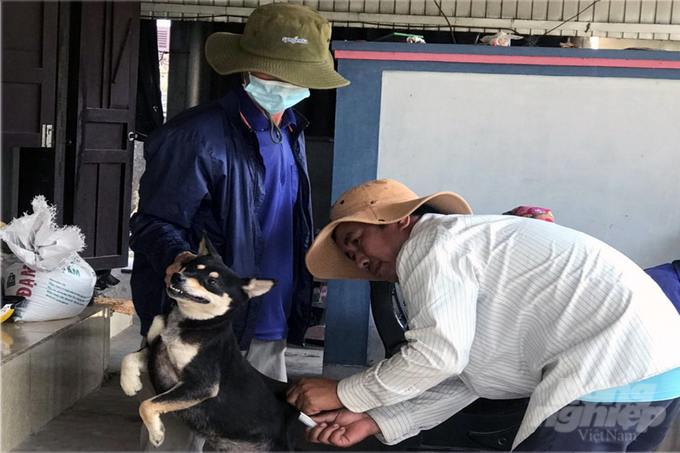
Quang Tri province only achieved a 65% coverage rate for rabies vaccination. Photo: Cong Dien.
According to Mr. An, local animal health departmets have begun vaccination on livestock by the beginning of April. However, the People's Committees of districts purchase the majority of the vaccines because supply from the Sub-Department of Livestock Production and Animal Health is insufficient.
“Districts are providing communes with reciprocal vaccine sources. The vaccine supply from the Sub-Department of Livestock Production and Animal Health is limited. Furthermore, most of the livestock's protection period expire by the end of April. Seasonal changes will facilitate the development of diseases on livestock. This has been a constant concern for the animal health sector in recent years", emphasized Mr. An.
In 2022, Quang Tri province vaccinated over 143,000 doses of dual vaccine for pigs (111.8%); over 43,000 bovine per crop were vaccinated against foot-and-mouth disease (72.9%); nearly 30,000 bovine were vaccinated against Pasteurellosis (52.3%); 37,000 cattle were vaccinated against the Lumpy Skin Disease (61.99%). Regarding dog rabies vaccination, although the original goal is to reach 100% coverage rate, so far, only 30,000 dogs (64.5%) were vaccinated.
Translated by Nguyen Hai Long
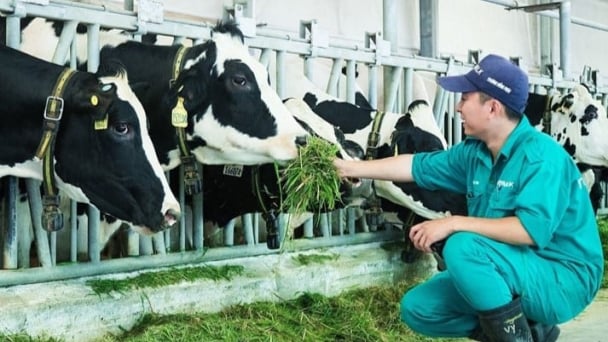
(VAN) According to Tong Xuan Chinh, Deputy Director of the Department of Livestock Production and Animal Health, Vietnam’s dairy cattle industry must overcome seven major challenges to achieve sustainable development.
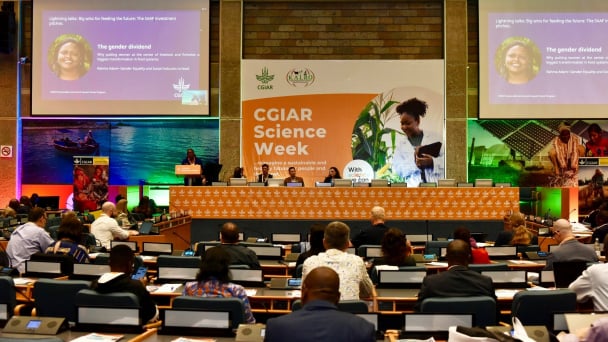
(VAN) The CGIAR’s Sustainable Animal and Aquatic Foods (SAAF) program represents a new approach that emphasizes the transformation of food systems toward sustainability.
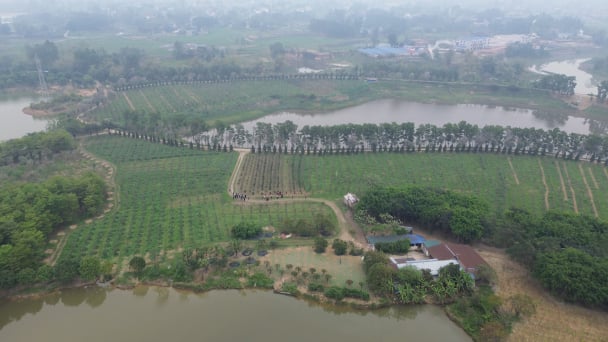
(VAN) Scientists assume that industrial agriculture has been 'outdated.' As a result, a comprehensive overhaul or a revolution in the direction of embracing ecological agriculture is needed.
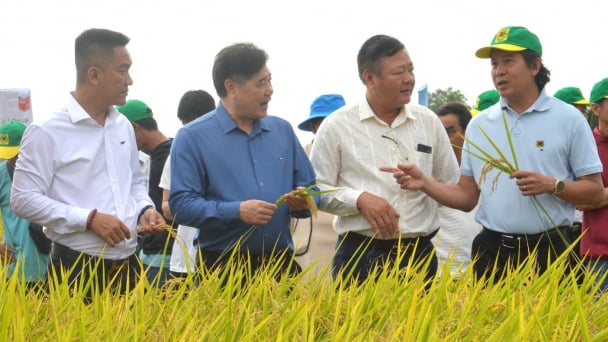
(VAN) The results from pilot fields are catalyzing the expansion of the One million hectares of high-quality, low-emission rice project in Kien Giang.
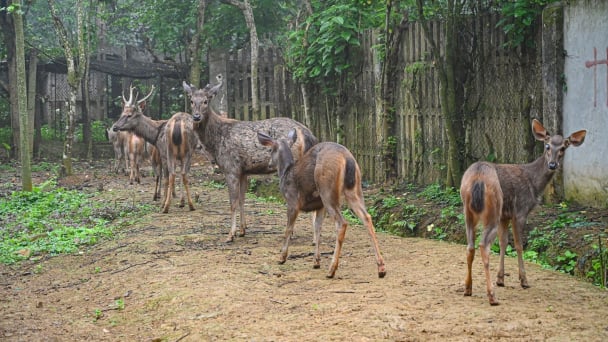
(VAN) On the morning of April 11, Cuc Phuong National Park received 18 individuals of endangered and rare wild animals from Da Nang city.
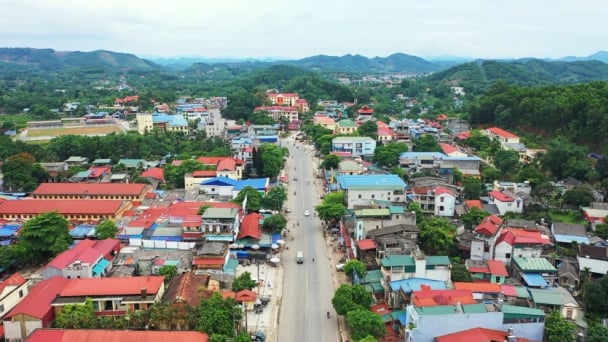
(VAN) FAO supports Vietnam in enhancing survey sampling techniques for the 2025 nationwide agricultural and rural census.

(VAN) By participating in the green transition, manufacturers become an indispensable part of the circular economy, contributing to resource optimization and environmental protection.